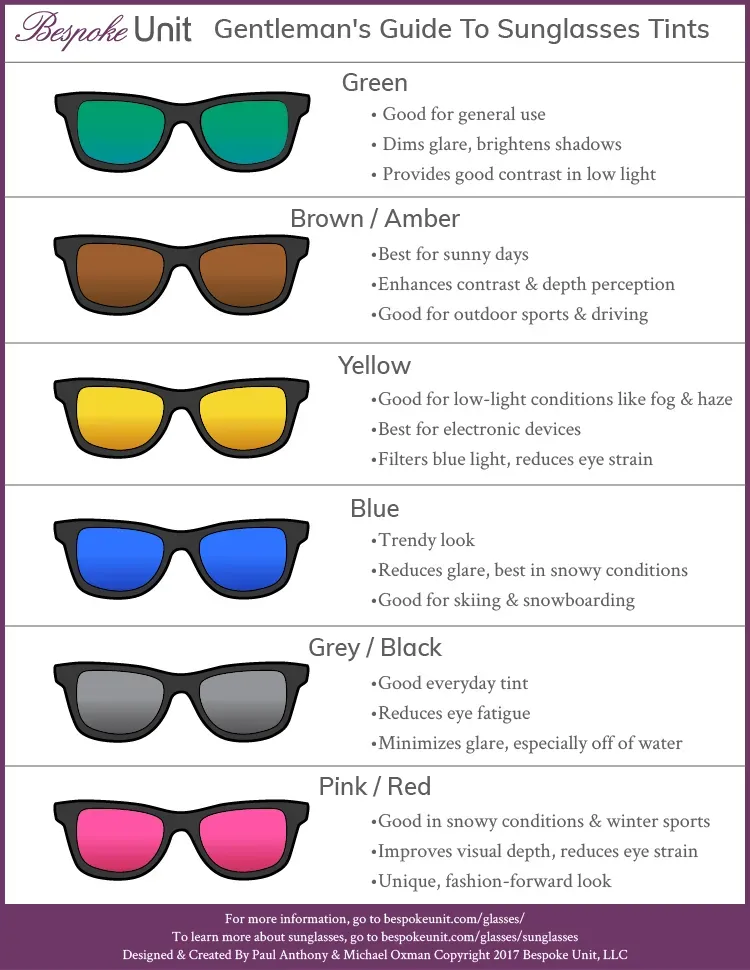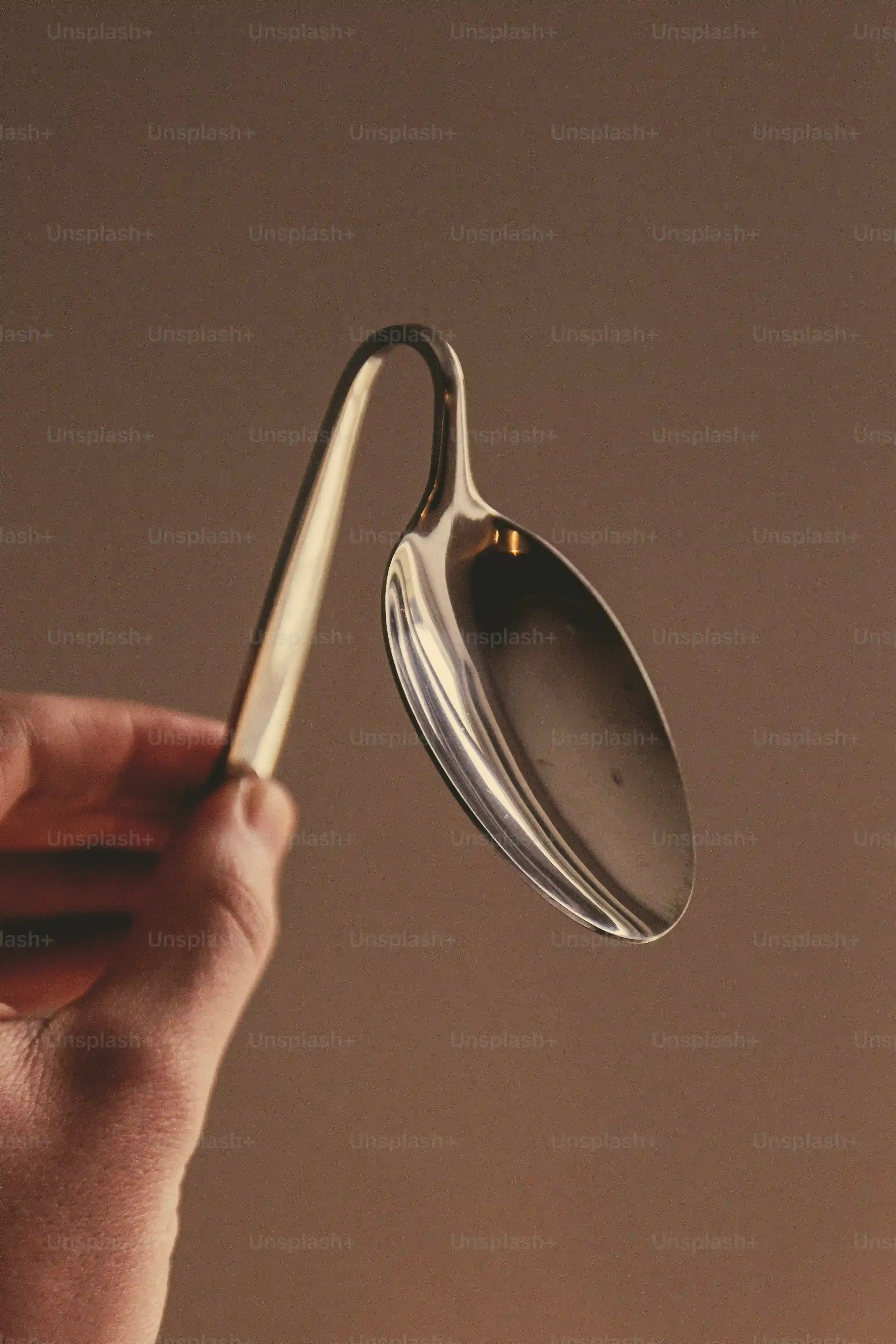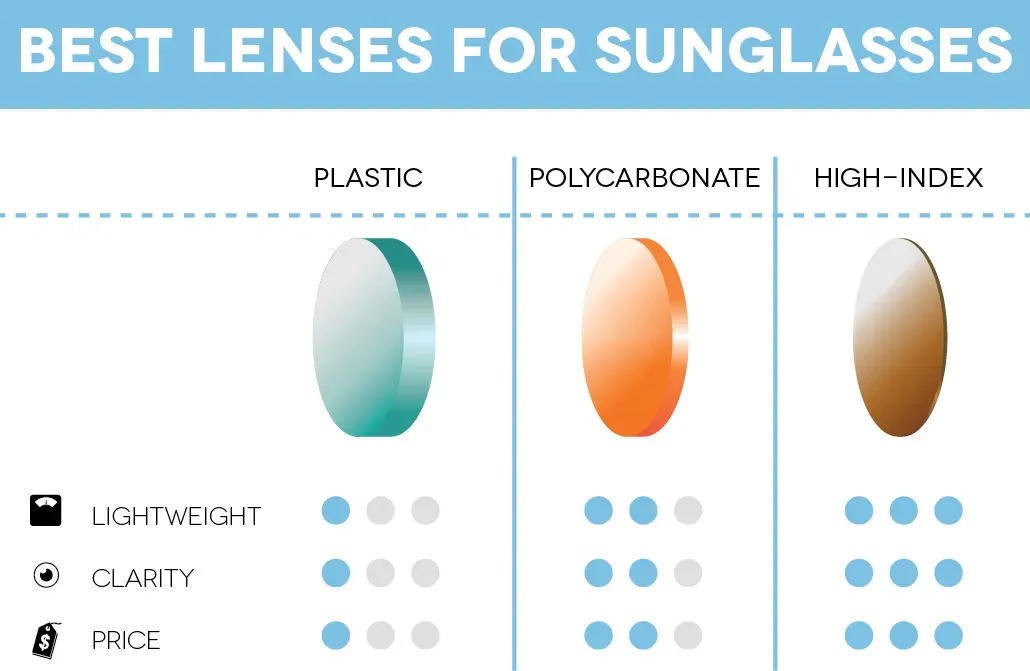Table of Contents
Ever squinted through a cheap pair of sunglasses, feeling like you're just staring at a blurry, slightly darker version of the world? It's more than annoying; it’s a sign you might not be giving your eyes the protection they deserve. Most people think sunglasses are just about the frames and how cool they look. But here's the secret: the lens is the real hero. It's what stands between your precious eyeballs and harsh UV rays, blinding glare, and visual distortion.
Why the Best Sunglass Lenses Matter
Why the Best Sunglass Lenses Matter
More Than Just a Pretty Face: Eye Health First
Look, we all want to look good in shades. That's a given. But honestly, the *real* reason to invest in quality eyewear, specifically focusing on why the best sunglass lenses matter, is straight-up eye health. Think of them as sunscreen for your eyes. The sun blasts out ultraviolet (UV) radiation, and just like it burns your skin, it can mess up your eyes. Long-term exposure without proper protection contributes to cataracts, macular degeneration, and even something called photokeratitis – basically a sunburn on your cornea, which sounds about as fun as it is.
Cheap lenses might look dark, but that darkness doesn't automatically mean UV protection. Some dark, low-quality lenses actually make things worse because they cause your pupils to dilate, letting *more* harmful UV light in. It's like putting on a dark-tinted magnifying glass for UV rays. Seriously, don't cheap out here. Your future self (and their eyeballs) will thank you.
Seeing is Believing: Clarity and Performance
Beyond just blocking UV, the best sunglass lenses dramatically improve how you see the world. We're talking about eliminating glare that bounces off water, snow, or pavement, which isn't just annoying but can be downright dangerous when driving or doing anything active outdoors. High-quality lenses offer superior clarity, reducing distortion and enhancing contrast and color. This means you see details sharper, colors truer, and the overall view just feels... cleaner.
Whether you're fishing and need to spot fish under the surface, driving on a sunny day, or just trying to enjoy a hike without squinting, the performance difference is night and day. It's not just about comfort; it's about experiencing the world as it actually is, vibrant and clear, not washed out or distorted. A good lens makes everything look better, period.
- Blocks 100% of harmful UVA and UVB rays.
- Reduces glare significantly (especially polarized lenses).
- Provides true-to-life color perception.
- Offers distortion-free vision across the entire lens.
- Increases contrast for better visibility in various conditions.
- Protects against impact.
Decoding Sunglass Lens Materials: Which is Right?
Decoding Sunglass Lens Materials: Which is Right?
Decoding Sunglass Lens Materials: Which is Right?
Alright, let's talk guts and glory – the actual stuff the lens is made of. This isn't just some tech spec to gloss over; the material dictates everything from clarity and scratch resistance to weight and impact protection. You've probably heard terms like polycarbonate, glass, or CR-39 tossed around. Polycarbonate is the lightweight champion, practically unbreakable, which makes it great for sports or if you're generally clumsy. But it can scratch easier than glass unless it has a good coating. Glass, on the other hand, offers unparalleled optical clarity and scratch resistance – the sharpest view, hands down. The downside? It's heavier and, well, it can shatter. Then there's CR-39 plastic, a solid all-around performer that balances good optics with decent durability and weight. Understanding these basics is key to figuring out which material helps create the best sunglass lenses for what you actually *do*.
Tier Ranking: Finding the Best Sunglass Lenses by Performance
Tier Ranking: Finding the Best Sunglass Lenses by Performance
Tier Ranking: Finding the Best Sunglass Lenses by Performance
so you know materials matter, but how do you actually gauge how good a lens *performs*? This is where the rubber meets the road, or more accurately, where the light hits the lens. We can break down sunglass lenses into performance tiers, because frankly, there's a massive difference between looking through a high-end lens and something you grabbed off a spinner rack. It's not just about blocking UV (which is non-negotiable for *any* lens you buy, seriously). It's about optical clarity from edge to edge, how they handle glare, how they boost contrast, and how true colors appear. The best sunglass lenses elevate your vision; lesser ones just dim the world. Think of it like comparing a cheap magnifying glass to a precision telescope – both use lenses, but the experience and result are worlds apart.
Choosing the Best Sunglass Lenses for Your Lifestyle
Choosing the Best Sunglass Lenses for Your Lifestyle
Matching Your Lenses to Your Mission
so you know different materials exist and that not all lenses are created equal in terms of optical acrobatics. Now, how do you translate that tech talk into picking the right pair for *your* life? It's not a one-size-fits-all deal. The best sunglass lenses for someone who spends weekends fishing on a lake are probably different from what a city commuter needs, or what a trail runner requires. Think about what you'll actually be doing in your sunglasses most of the time. Are you driving a lot? Glare is your enemy, so polarization is non-negotiable. Hitting the slopes or the water? Intense glare and UV reflection are huge issues. Playing sports where something might hit your face? Impact resistance moves to the top of the list. Lounging by the pool? UV protection and comfort are key, but maybe ultimate optical sharpness isn't the absolute priority.
Activity-Specific Lens Features
Let's get specific. If you're an angler or boater, polarized lenses are your best friend. They filter out horizontal light waves that cause blinding glare off water surfaces, letting you see *into* the water instead of just reflecting off of it. For high-speed activities like cycling or skiing, impact-resistant materials like polycarbonate are crucial, potentially saving your eyes from debris or falls. Photochromic lenses, which darken in bright light and lighten in lower light, are great for activities where light conditions change frequently, like hiking through varied terrain.
Consider lens tints too. Gray tints reduce overall brightness without altering color perception, making them good for general use. Brown or amber tints enhance contrast, which is helpful in variable or lower light conditions, like driving at dusk or dawn, or golfing. Green tints also enhance contrast and transmit colors more evenly. Mirror coatings reflect light away from the eye, reducing brightness and adding a stylish look, often preferred in bright, sunny conditions like snow or water sports. Anti-reflective coatings on the back surface stop light from bouncing off the lens into your eye.
Activity | Recommended Lens Type/Feature | Why it Helps |
|---|---|---|
Driving | Polarized, Gray/Brown Tint | Cuts road glare, maintains true colors or enhances contrast. |
Fishing/Boating | Polarized, Mirror Coating | Eliminates water glare, allows seeing below surface, reduces intense brightness. |
Cycling/Running | Polycarbonate, Vented Frames, Photochromic (optional) | Impact resistant, prevents fogging, adapts to light changes. |
Skiing/Snowboarding | Polarized, Mirror Coating, High Contrast Tint (Rose, Amber) | Reduces snow glare, blocks intense light, enhances definition in flat light. |
General Use | Any material with 100% UV protection, Gray or Brown Tint | Basic protection and comfort for everyday wear. |
Balancing Performance, Protection, and Budget
Finding the best sunglass lenses isn't just about finding the absolute top-tier optics money can buy, unless that's your goal and budget allows. It's about finding the *best* lenses for *you* and your specific needs, ensuring they provide adequate UV protection and meet the demands of your lifestyle without breaking the bank. Sometimes, a Tier 2 or 3 lens is perfectly sufficient and offers excellent value. The key is to prioritize features based on your activities. If you spend hours on the water, invest in top-notch polarization. If you need them for casual driving and walking, a good quality CR-39 or polycarbonate lens with solid UV protection will do the trick.
Don't get swayed by flashy marketing or celebrity endorsements alone. Look for reputable brands known for their lens technology. Read reviews, check specifications, and if possible, try them on outside. A place like sunglasshub.org often provides detailed lens information, helping you compare features beyond just the frame style. Ultimately, the best sunglass lenses are the ones you'll actually wear consistently because they're comfortable, they make you see better, and they keep your eyes safe. Make an informed choice, and your eyes will thank you down the road.
Seeing Clearly: Making the Final Choice
So, we've covered the landscape of sunglass lenses, from basic tint jobs to the high-tech optics that can make colors pop and glare vanish. It's clear that not all lenses are created equal, and the difference isn't just in the price tag; it's in the clarity, the protection, and the sheer visual experience. Choosing the best sunglass lenses isn't about finding a single "perfect" option for everyone, but rather the right one for *you*, your activities, and your eyes' specific needs. Consider the conditions you'll face, the importance of impact resistance, and whether advanced coatings like anti-reflective or hydrophobic are worth the extra cost. Don't just grab the first pair that looks good on your face. Take a moment to look *through* them and understand what they're really offering. Your eyes will thank you.
